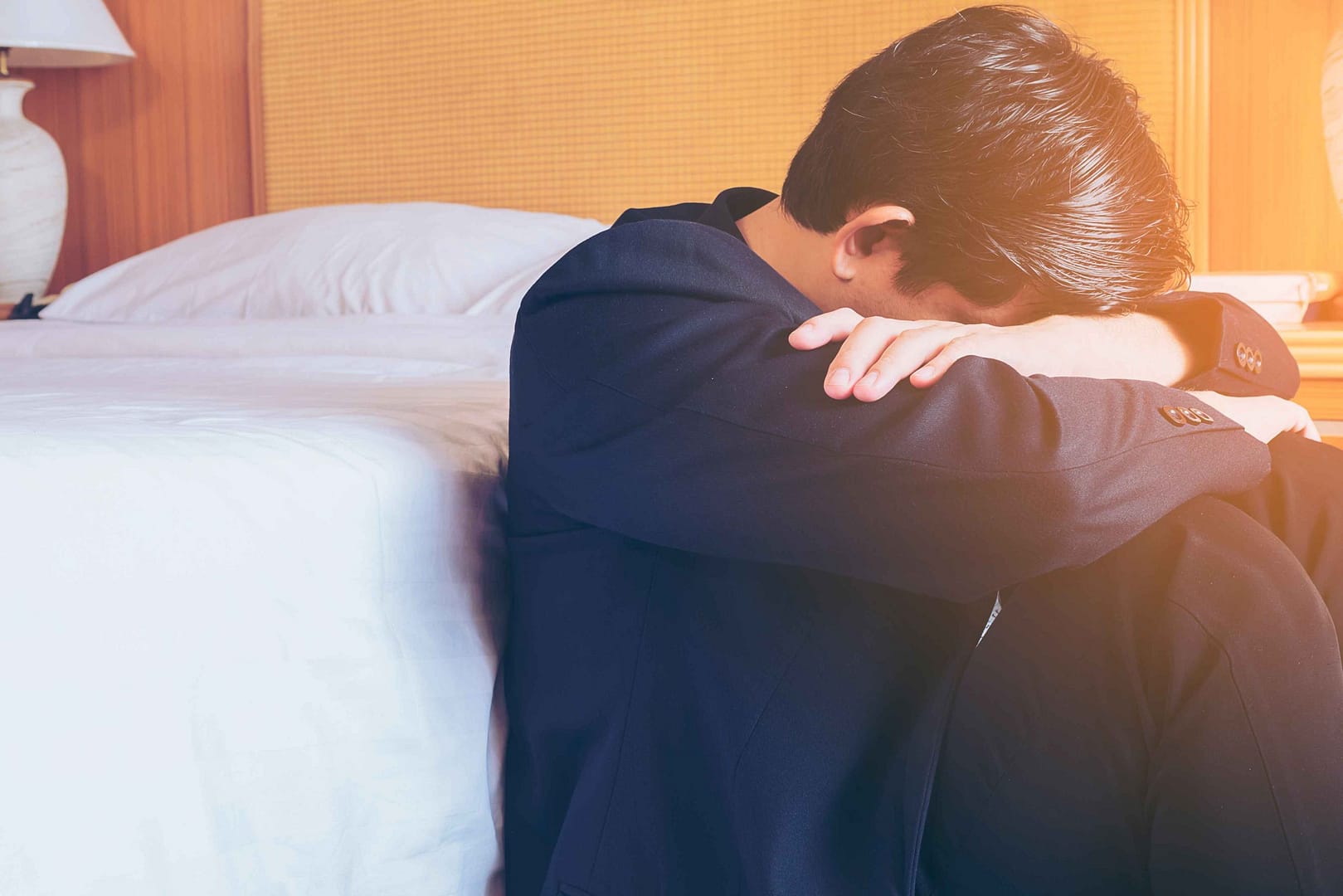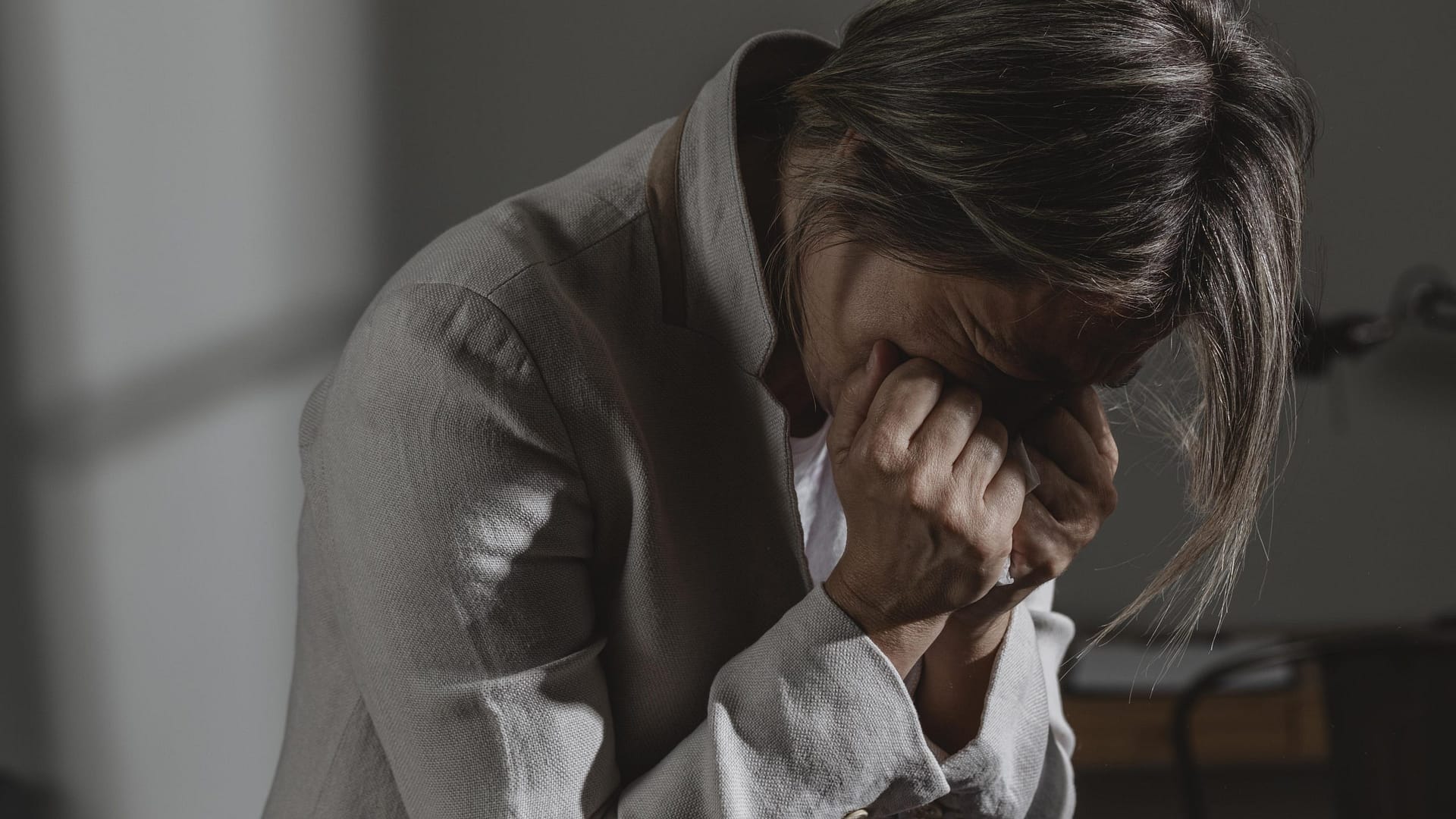Have you ever been talking to someone, and your eyes drifted away? Are you worried you might be using too much of a stare but also unable to look away? If this resonates with you, then you are probably experiencing an obscure form of Obsessive Compulsive Disorder (OCD) referred to as compulsive staring.
This is when a person has an intense urge to look at a particular individual or object, which frequently brings about huge discomfort and social anxiety in the affected individuals. Let’s explore how obsessive-compulsive disorder presents itself through constant staring. It will also examine some of the reasons behind it all while discussing several coping mechanisms that can aid in dealing with such problematic conduct.
What is Compulsive Staring OCD?
OCD is known for its persistent, unwelcome thoughts (obsessions) and repetitive acts or mental activities (compulsions). Compulsive staring OCD is one of these, and it includes intrusive thoughts and an uncontrollable need to stare at others, objects, or specific parts of another person’s body.
This disorder is not driven by attraction but is driven by a desire to control where one looks to reduce anxiety. The distress in compulsive staring often arises from the fear of being perceived as rude or creepy or a worry about losing control over one’s actions.
Compulsive Staring differs from other behaviors:
- Not Attraction: It’s fear that motivates the staring, not lust.
- Beyond Typical Eye Contact: The staring is more extreme than what is socially appropriate.
- Distinct from Social Anxiety: Unlike social phobia, which also encompasses discomfort around people, this condition has to do only with the act of continuous glaring.
Those grappling with this form of OCD can find it helpful to consult an OCD therapist in New York who specializes in obsessive-compulsive disorders since they can play an important role in helping them deal with their problem.
What Causes Compulsive Staring OCD?
Compulsive staring OCD, like other forms of obsessive-compulsive disorder, arises from a complex interplay of factors that make understanding its causes particularly challenging. At the core of OCD are neurobiological factors, such as genetic components in the family history or life experiences such as trauma are thought to play a critical role. Additionally, there is often a genetic predisposition, indicating that OCD can run in families and be influenced by one’s genetic makeup.
Environmental triggers, such as stressful or traumatic events, also significantly contribute to the onset or exacerbation of OCD symptoms. For those specifically struggling with compulsive staring, several nuanced factors may contribute:
- Fear of Negative Social Evaluation: Anxiety about being judged negatively by others can trigger compulsive staring as a hyper-awareness of one’s interactions.
- Perfectionism and Need for Control: An intense desire to control every aspect of one’s social presentation can manifest in controlling where one looks.
- Misinterpretations of Social Cues: Misreading social interactions may lead to excessive staring as individuals try to decode expressions and responses they perceive incorrectly.
These factors create a backdrop of constant uncertainty, which can be distressing but understanding them is the first step towards managing the condition effectively.
The Impact of Compulsive Staring OCD
Various domains of one’s existence can be heavily affected by this behavior of an individual who compulsively stares. Below are some key effects:
Social Difficulties: People suffering from OCD may also find themselves avoiding social situations because they feel anxious, worry that people might criticize them for staring, and thus become isolated in order to avoid any instances of discomfort.
Emotional Distress: The person tends to be filled with intense humiliation and embarrassment due to the state. Moreover, there is significant frustration and a constant feeling of helplessness, which is emotionally demanding.
Impact on Daily Life: Engaging in day-to-day activities can become complicated as this kind of OCD is all-pervasive. This may hinder one’s ability to work efficiently, attend school, and maintain personal and professional relationships.
Individuals coping with these issues should consult specialized psychotherapists in New York City for OCD since they can provide support when it comes to controlling its symptoms and enhancing the quality of life.
Finding Relief:
Treatment Options for Compulsive Staring OCD
The most important thing is to find a cure for compulsive staring OCD, which helps in controlling the symptoms and improving the quality of life. The following are some treatment options:
Professional Help: One should consult a professional for mental health counseling in NYC who is experienced with treating such disorders, as this will ensure that they receive personalized support.
Exposure and Response Prevention (ERP): Considered by many as being the best treatment for OCD. It involves exposing patients slowly but surely to what triggers their compulsion (in this case, making them have the urge to look) without giving in to it until, eventually, anxiety gets away from those things altogether.
Cognitive Behavioral Therapy (CBT): Through this therapy, individuals can recognize negative thoughts associated with their need to stare at others continuously, e.g., fear of being judged socially or misinterpreting someone else’s intentions towards oneself.
These strategies reassure individuals, highlighting that while the journey may be challenging, there is hope and effective support available.
For people who may need more specific strategies on how best to deal with compulsive staring OCD, they can visit GS Mental Health & Wellness Center in New York, where additional care and coping mechanisms are tailored towards this condition and offer great relief and pave the way for someone to take back control over their life again.
FAQs About Compulsive Staring OCD
Q1. Is an obsession with staring caused by OCD the same as a fear of being embarrassed in public?
No, but they can also happen together. Social Anxiety Disorder is characterized by a fear of being judged negatively in social situations. At the same time, Compulsive Staring OCD is driven by anxiety about intrusive thoughts and excessive gaze, not the social anxiety itself.
Q2. Do I have OCD if I sometimes stare without meaning to?
Staring occasionally is normal behavior. Obsessive Compulsive Disorder (OCD) is characterized by intrusive thoughts and compulsions that lead to significant distress and interfere with daily functioning. If you are experiencing a lot of distress due to unwanted staring urges and fears of adverse outcomes, you should consult with a mental health practitioner for assessment.
Q3. How can I deal with compulsive staring OCD on my own?
Some mindfulness techniques, reading books regarding the treatment of OCD. Practice deep breathing exercises and meditation practices. Apart from self-help practices, it is good to consider support from mental health services in NYC, which may help alleviate anxiety associated with intrusive thoughts. Establishing good relationships with friends, relatives, and therapists could also be helpful.
Moving Forward with Compulsive Staring OCD
Compulsive staring disorder is a troublesome state characterized by an irresistible desire to look at things anxiously rather than purposely. This can cause awkwardness in social situations, emotional pain, or even trouble functioning generally throughout the day. However, effective treatments include Exposure Therapy (ET), Cognitive-Behavioural Therapy (CBT), and medication where necessary.
Do not give up if you have this problem because there is hope for recovery. Receiving psychotherapy and counseling services from OCD specialists in NYC and attending support groups may offer some relief from symptoms and improve your quality of life. Always remember that others share similar experiences and struggles on their journey toward wellness, too!






